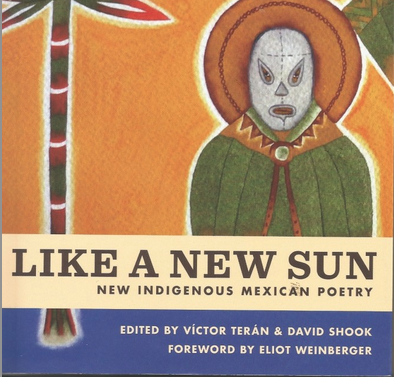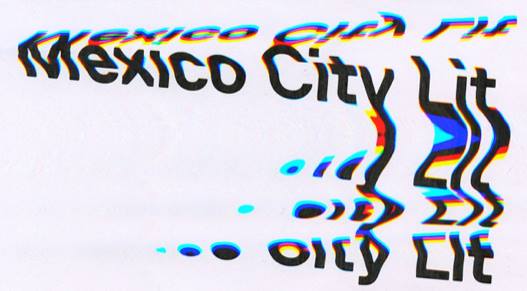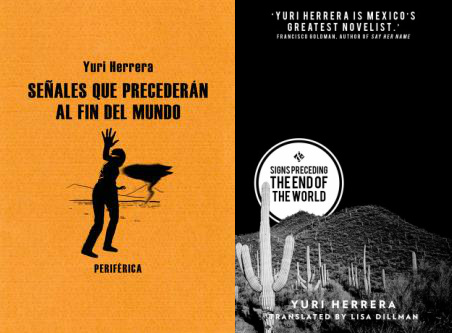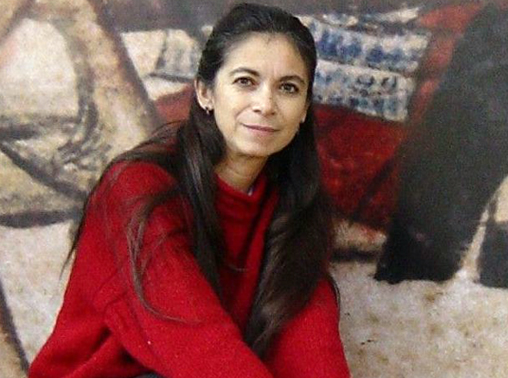I must admit that I am one of those who watched the first Star Wars movie in the seventies. In Mexico it was titled La guerra de las galaxias (War of the Galaxies): it arrived in late 1977 or early 1978. The movie was unprecedented in my life because I was a child, and not because I sensed how successful and influential it would become.
The TV commercials had piqued my interest, I remember, and also the lightsabers: they were the most popular toy of the time and were made out of a simple flashlight, attached to a translucent plastic tube. The light was colored by putting a piece of cellophane inside the tube, near the lightbulb. Some kids already had their sabers when my mom took us to the old Cine Hollywood theater to watch the movie. We went with a friend of hers and her children, and all of us watched in envy as those other kids ran around the theater with their swords glowing red, blue, or at times white, if they already had lost their cellophane.
In the end, everyone, us and them, came out singing John Williams’s theme, firing imaginary guns, thrilled by film quotes we rarely recognized as such and by the truly original moments, brilliant in their innocence and speed and beauty, made by George Lucas and his many contributors at Lucasfilm. READ MORE…









